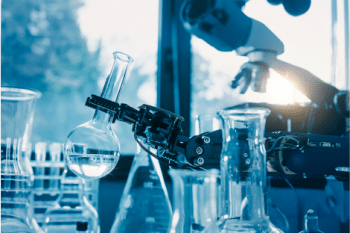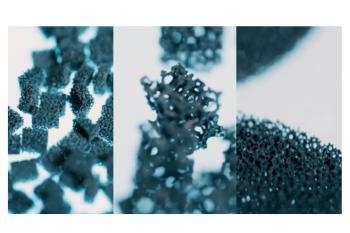Finnish Energy Group St1 Plans Synthetic Methanol Plant
The plant, which will use hard-to-abate CO2 emissions from the factory’s limestone raw material, will produce about 25,000 t/y synthetic methanol.
If the project advances according to plan, the plant will be operational in 2026. The methanol will be distributed directly through St1’s own network for use in maritime transport.
St1 said it has studied the production of synthetic methanol with the Lappeenranta University of Technology (LUT) for years and it has been shown as a potential and feasible concept. LUT will continue to be heavily involved in developing the project.
“The Nordic market for synthetic fuels will grow considerably in the coming years,” said St1’s head of energy transition Riitta Silvennoinen. “The timetable of our pilot project would allow Finland access to the first wave of industrial applications and, consequently, the establishment of the synthetic methanol market and solution scaling. The project will also provide the involved parties with important expertise, which will also be used in advancing other Power-to-X projects.”
The project has been granted funding of €35.4 million from the Ministry of Economic Affairs and Employment, conditional on receiving approval from the European Commission.
In August 2021, St1 signed a Memorandum of Understanding with Norwegian clean energy company Horisont Energi for the joint development of a green ammonia project in Finnmark, northern Norway. The aim is to produce green ammonia for a wide variety of renewable energy products for transport and industry.
The partners will conduct pre-studies for producing green ammonia based upon electrolysis using wind power and hydrogen from various green feedstocks, as well as exploring other new and alternative technologies.
Horisont Energi is already engaged in the Barents Blue project in Finnmark, Europe’s first large-scale blue ammonia production. Using natural gas from the Barents Sea, Barents Blue will have a daily capacity of 3,000 t once it becomes operational in 2025.
Author: Elaine Burridge, Freelance Journalist








